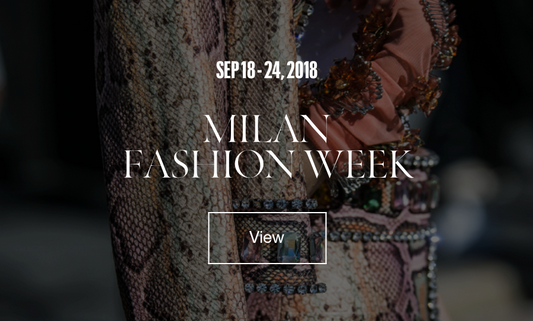talkingfashion
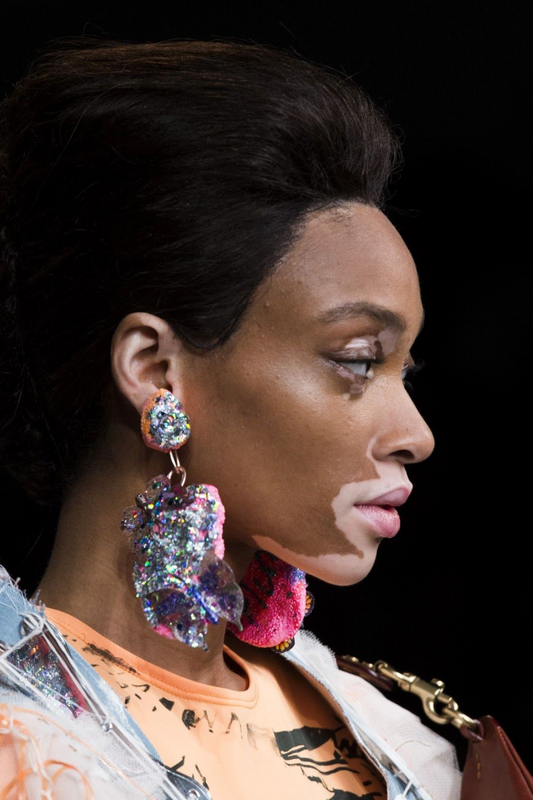
Accessory Trends at London Fashion Week SS19
Accessory Trends at London Fashion Week SS19 by Morgan Watkins Now that we’ve bid farewell to London Fashion Week Spring/Summer 2019, it’s time the fashion world hops back on the...
Accessory Trends at London Fashion Week SS19
Accessory Trends at London Fashion Week SS19 by Morgan Watkins Now that we’ve bid farewell to London Fashion Week Spring/Summer 2019, it’s time the fashion world hops back on the...
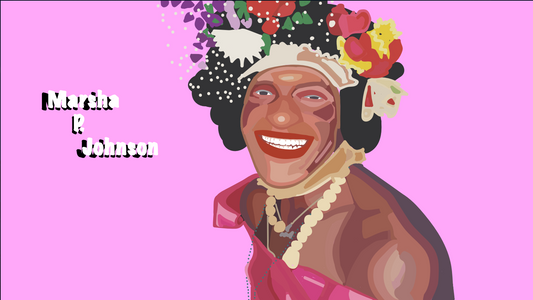
Marsha P. Johnson's impact to the trans community
Marsha P. Johnson and her impact to the trans community by Flavia Lobato By throwing the first brick, she along with Sylvia Rivera began the historic Stonewall Riots...
Marsha P. Johnson's impact to the trans community
Marsha P. Johnson and her impact to the trans community by Flavia Lobato By throwing the first brick, she along with Sylvia Rivera began the historic Stonewall Riots...
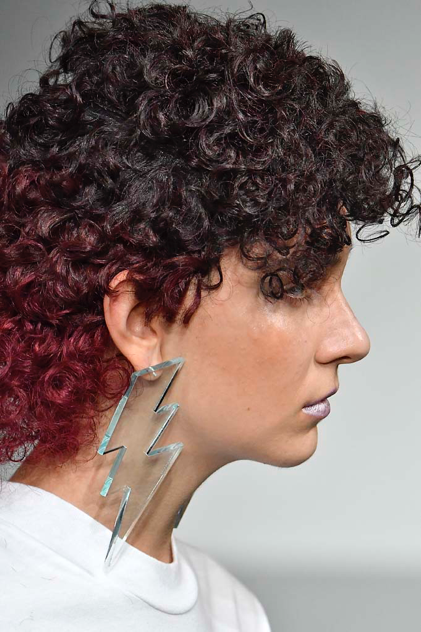
London Fashion Week SS'19 Accessories Trend Spo...
London Fashion Week SS'19 Accessories Trend Spotlight By Paige McKirahan Welcome back to the Talkingfashion blog, fashion week lovers! Today, we have decided to take a look at the...
London Fashion Week SS'19 Accessories Trend Spo...
London Fashion Week SS'19 Accessories Trend Spotlight By Paige McKirahan Welcome back to the Talkingfashion blog, fashion week lovers! Today, we have decided to take a look at the...
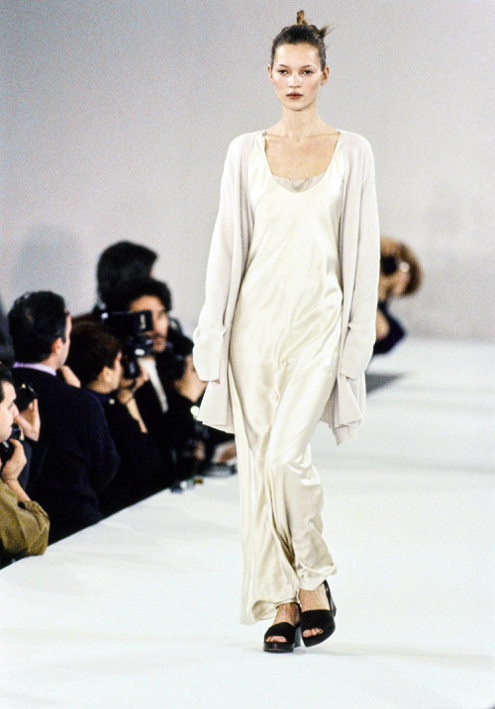
The 1990s: The Battle of Street Style and Minim...
The 1990s: The Battle of Street Style and Minimalism By Paige McKirahan Taking the crown as one of my favorite decades, the 1990s signified a transition from ‘80s garish...
The 1990s: The Battle of Street Style and Minim...
The 1990s: The Battle of Street Style and Minimalism By Paige McKirahan Taking the crown as one of my favorite decades, the 1990s signified a transition from ‘80s garish...
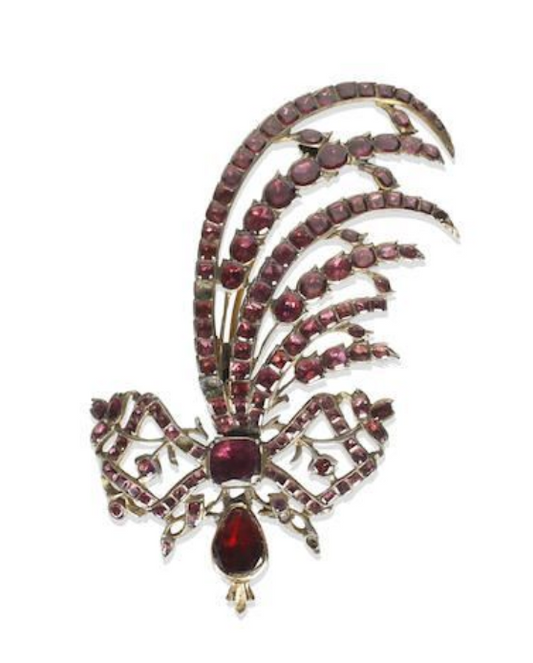
Fashion Flashback: Brooches & Pins
Fashion Flashback: Brooches & Pins by Morgan Watkins What do you think of when you see a brooch? Your grandma getting dressed up for her Sunday morning church service? Queen...
Fashion Flashback: Brooches & Pins
Fashion Flashback: Brooches & Pins by Morgan Watkins What do you think of when you see a brooch? Your grandma getting dressed up for her Sunday morning church service? Queen...
